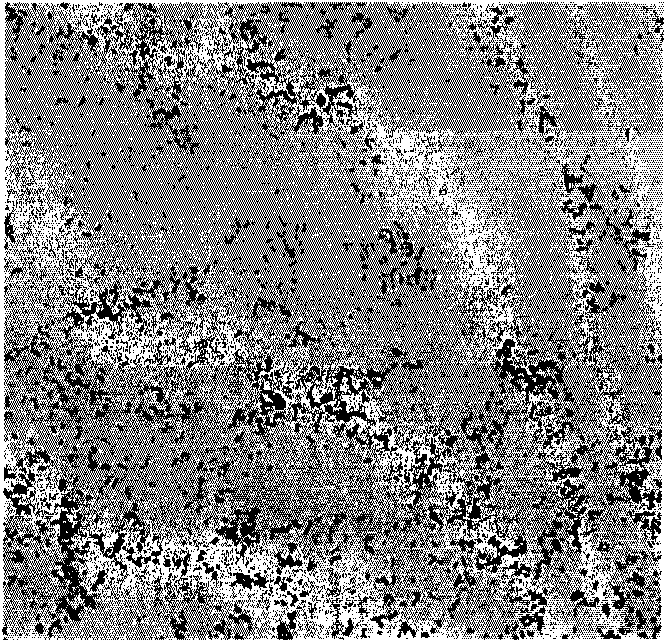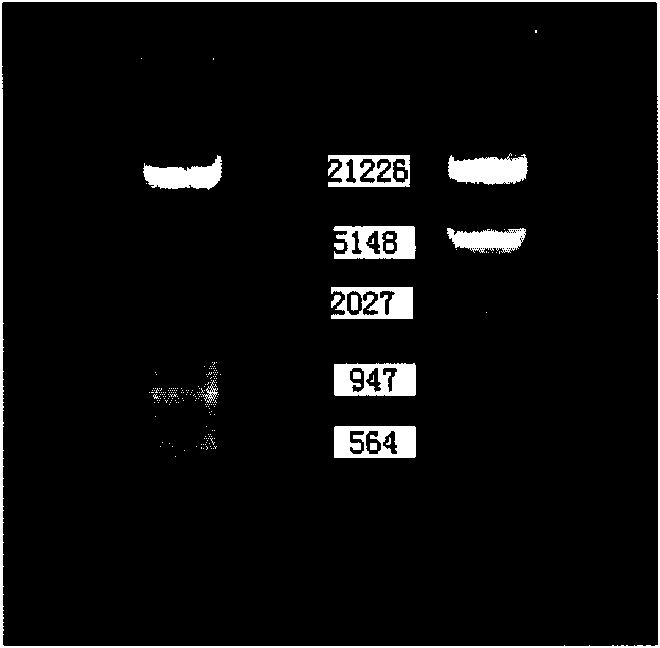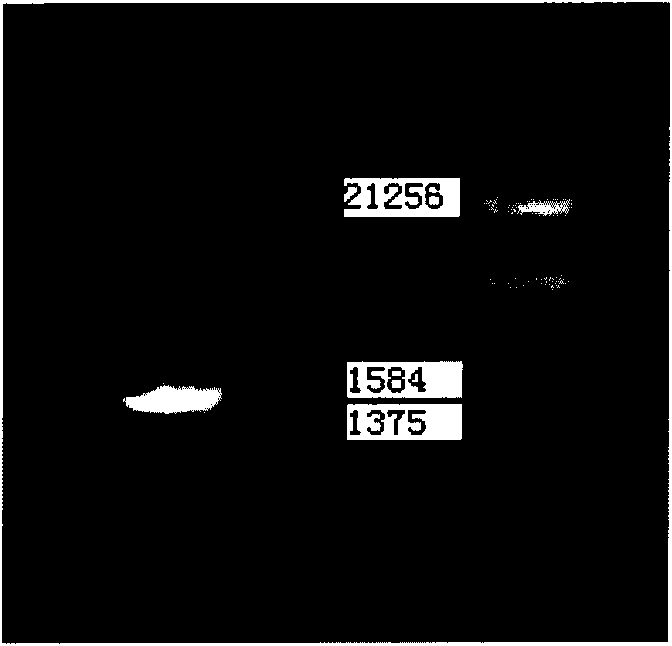Actinobacillus and method for producing succinic acid
A technology of actinomycetes and production methods, applied in the field of bioengineering, to achieve the effect of improving biomass utilization and increasing yield
- Summary
- Abstract
- Description
- Claims
- Application Information
AI Technical Summary
Problems solved by technology
Method used
Image
Examples
Embodiment 1
[0044] Example 1 Screening of succinic acid-producing bacterial strains of the present invention
[0045] This embodiment is a screening method for succinic acid-producing strains of the present invention, and the specific operations are as follows:
[0046] (1) Sampling: Gastric juice was sampled from the rumens of two adult bulls with permanent fistulas in Beijing Institute of Animal Husbandry and Veterinary Medicine.
[0047] (2) Enrichment: Take rumen gastric fluid and inoculate it into 100ml of enrichment medium supplemented with 100mg / L amphotericin B and 80mg / L salinomycin, at 37°C in CO 2 Anaerobic culture in an environment for 24-48 hours, enriched twice according to the inoculum size of 5%; wherein, the enrichment medium used consists of: glucose 10g / L, yeast extract 10g / L, Na 2 HPO 4 12H 2 O 3.3g / L, NaH 2 PO 4 2H 2 O4.4g / L, CaCl 2 2H 2 O 1g / L, MgCl 2 ·6H 2 O 1g / L, MnCl 2 0.1g / L, MgCO 3 10g / L, medium pH3-8, sterilized at 115°C for 30 minutes, and cooled...
Embodiment 2
[0053] Example 2 Physiological and biochemical identification of CGMCC2650 strain
[0054] The 1600 times microscope photo of Actinobacillus succinogenes CGMCC 2650 is as follows figure 1 shown, from figure 1 It can be seen from the figure that the bacteria are short rod-shaped, the cells are cohesive, and there are no spores.
[0055] In this embodiment, according to the physiological and biochemical identification method in "Bergey's Bacteria Identification Handbook" (Ninth Edition) (Baltimore: TheWilliams and Wilkins Co. Baltimore Md publication, May 2004), the physiological and biochemical identification of the CGMCC2650 bacterial strain is carried out, The results are shown in Table 1 and Table 2.
[0056] Table 1 Physiological and biochemical identification results of CGMCC2650
[0057]
[0058]
[0059] Table 2 Carbon source distribution of CGMCC2650
[0060]
[0061] "+" is a positive response, "-" is a negative response
Embodiment 3
[0062] Example 3 Alignment of 16S rDNA sequences of CGMCC2650 strain
[0063] In this example, the total DNA of BE-1 bacteria was extracted, primers were designed to amplify its 16S rDNA gene, and then sequenced, and the homology data were compared in the NCBI database.
[0064] 16S rDNA gene amplification and PCR product analysis template preparation: absorb an appropriate amount of bacteria and centrifuge, take out the bacteria pellet, and use a genome extraction kit (for genomic DNA extraction methods, please refer to "Bacterial Molecular Genetics Classification and Identification Method" (Shanghai Science and Technology Co., Ltd.) Publishing House, 1990) to extract the total DNA of the bacteria, the fragment size is about 20k bp, and the electrophoresis results are as follows: figure 2 shown.
[0065] 16S rDNA gene primers were designed using universal primer 1, F27 (SEQ.ID.NO.1, 5'-AGAGTTTGATCATGGCTCAG-3') and primer 2, R1492 (SEQ.ID.NO.2, 5'-TACGGTTACCTTGTTACGACTT-3'...
PUM
 Login to View More
Login to View More Abstract
Description
Claims
Application Information
 Login to View More
Login to View More - R&D
- Intellectual Property
- Life Sciences
- Materials
- Tech Scout
- Unparalleled Data Quality
- Higher Quality Content
- 60% Fewer Hallucinations
Browse by: Latest US Patents, China's latest patents, Technical Efficacy Thesaurus, Application Domain, Technology Topic, Popular Technical Reports.
© 2025 PatSnap. All rights reserved.Legal|Privacy policy|Modern Slavery Act Transparency Statement|Sitemap|About US| Contact US: help@patsnap.com



